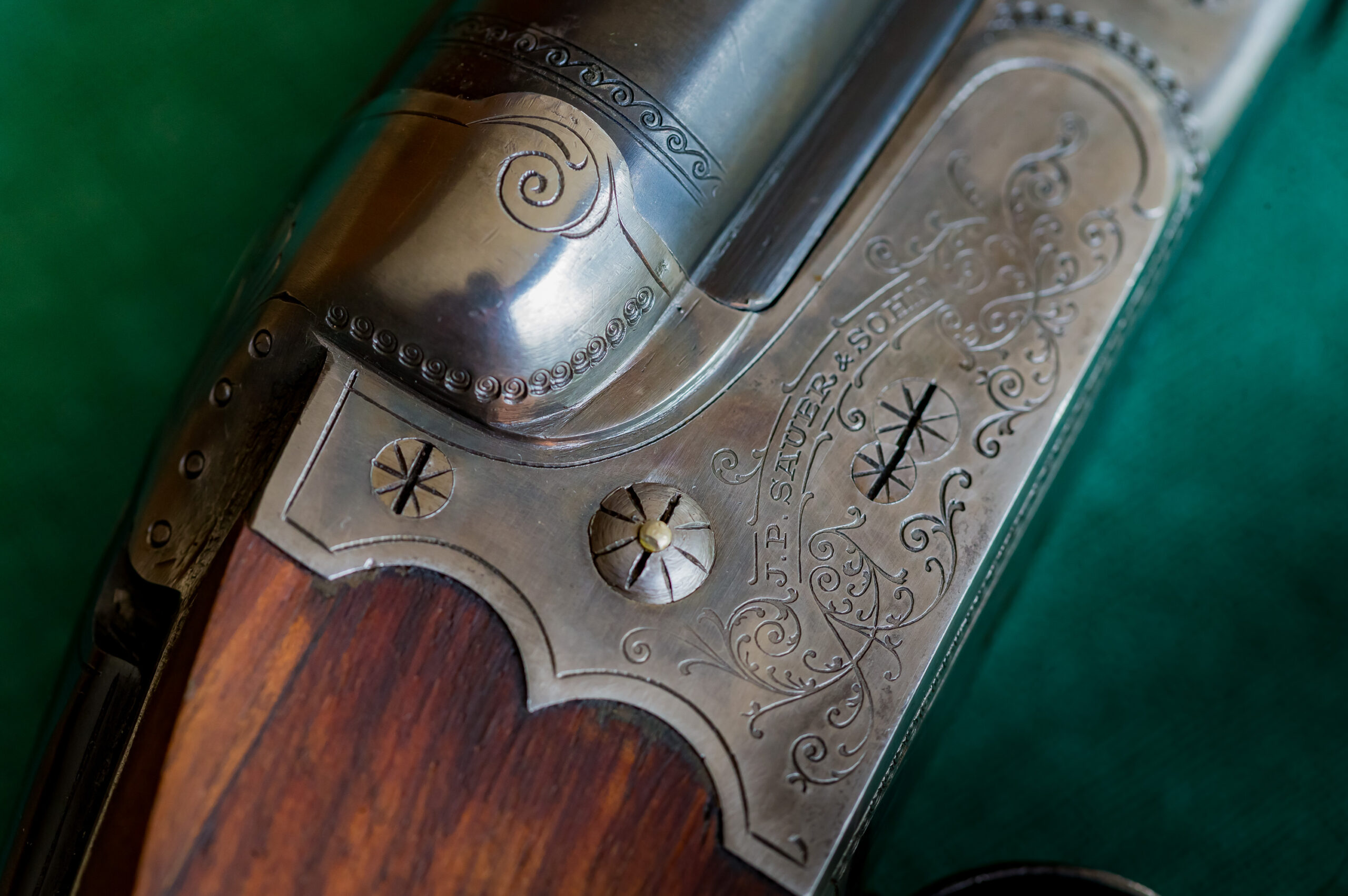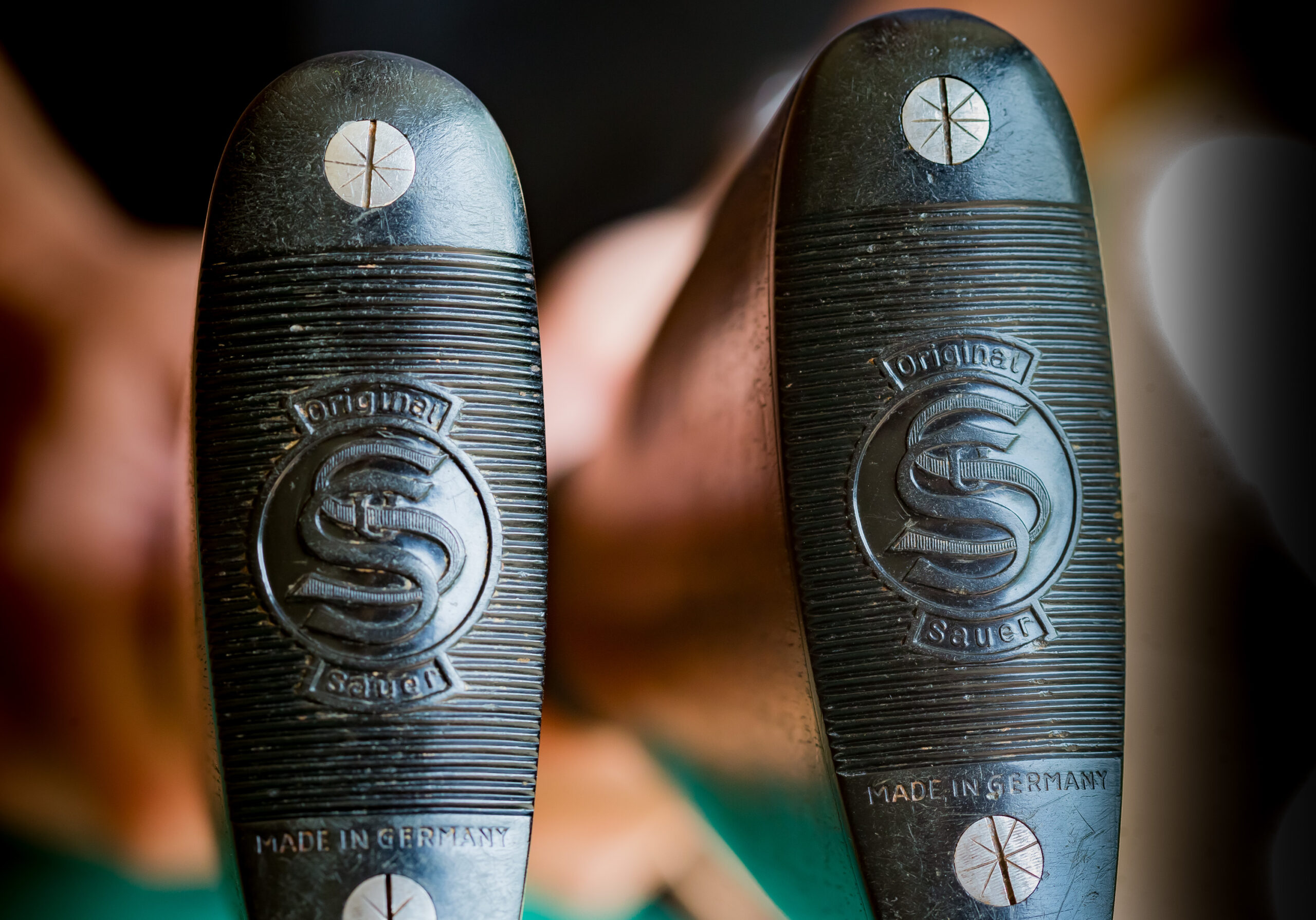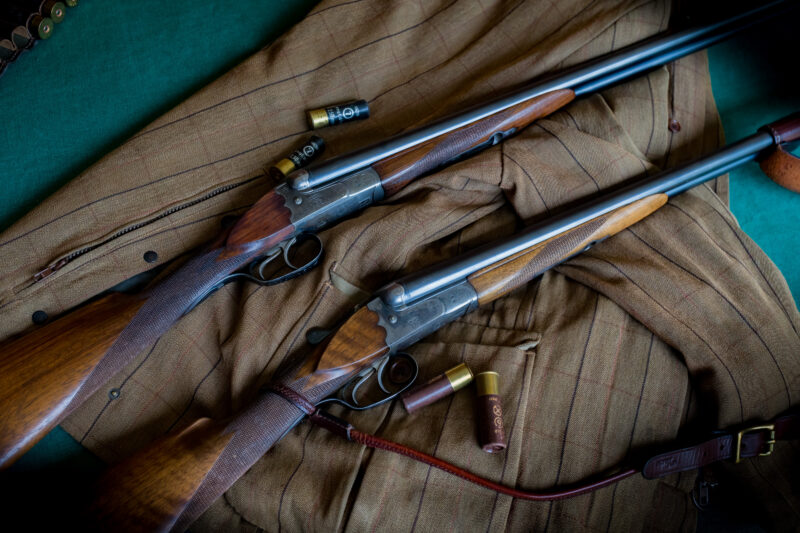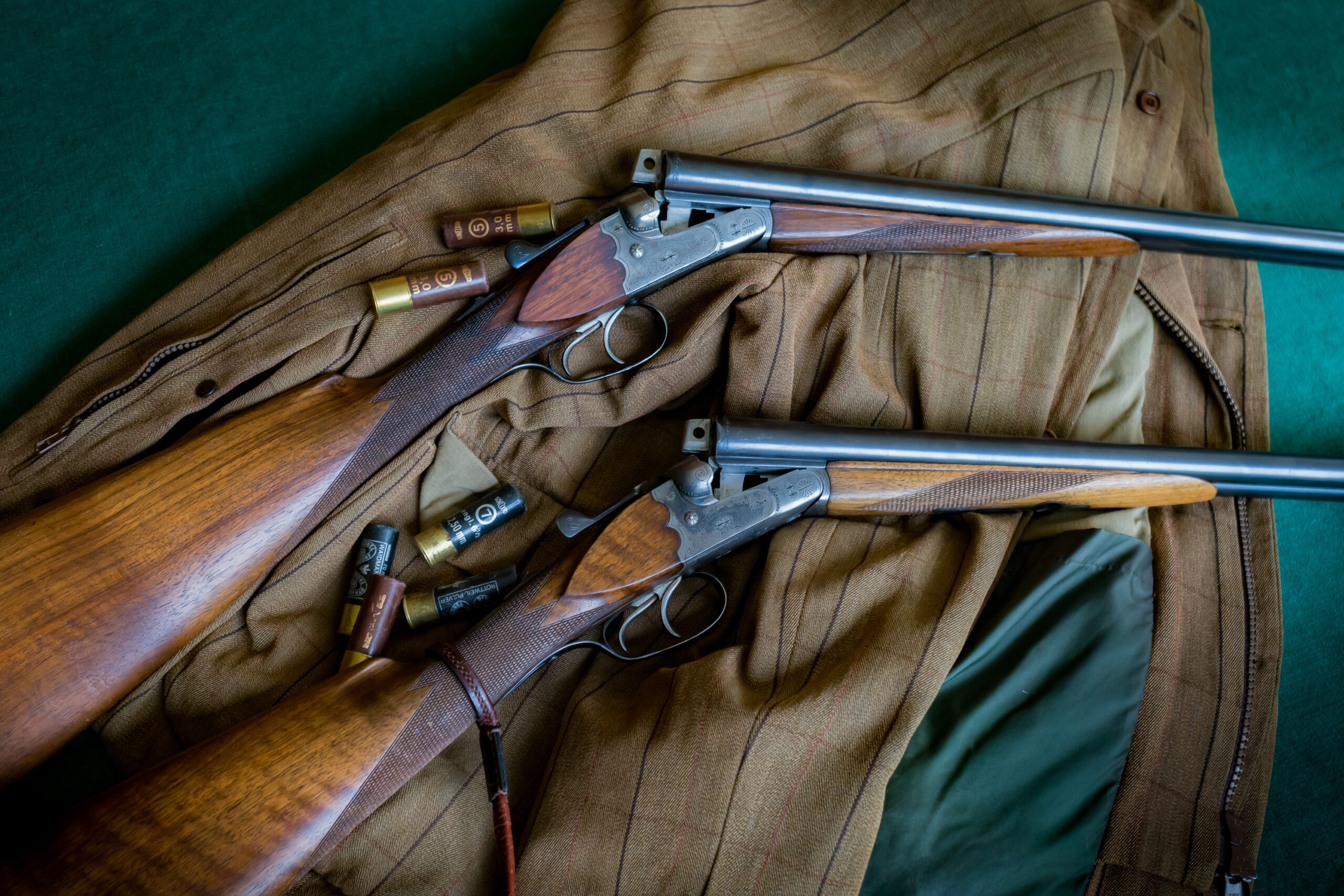
Sauer & Sohn History
Sauer & Sohn, founded in Suhl in 1751, is the oldest gunmaker still in production in Germany. Production in Suhl ceased after the Second World War. Later, weapons were built there for the Soviet occupiers as a reparation service. In 1951, a member of the Sauer family, Rolf-Dietrich Sauer, founded J. P. Sauer & Sohn Aktiengesellschaft, based in Eckernförde, West Germany, to save the Sauer brand. Together with 70 employees from the Suhl plant and more than 200 workers from TVA Eckernförde, he began producing hunting rifles, which had only been permitted again in Germany since 1950.
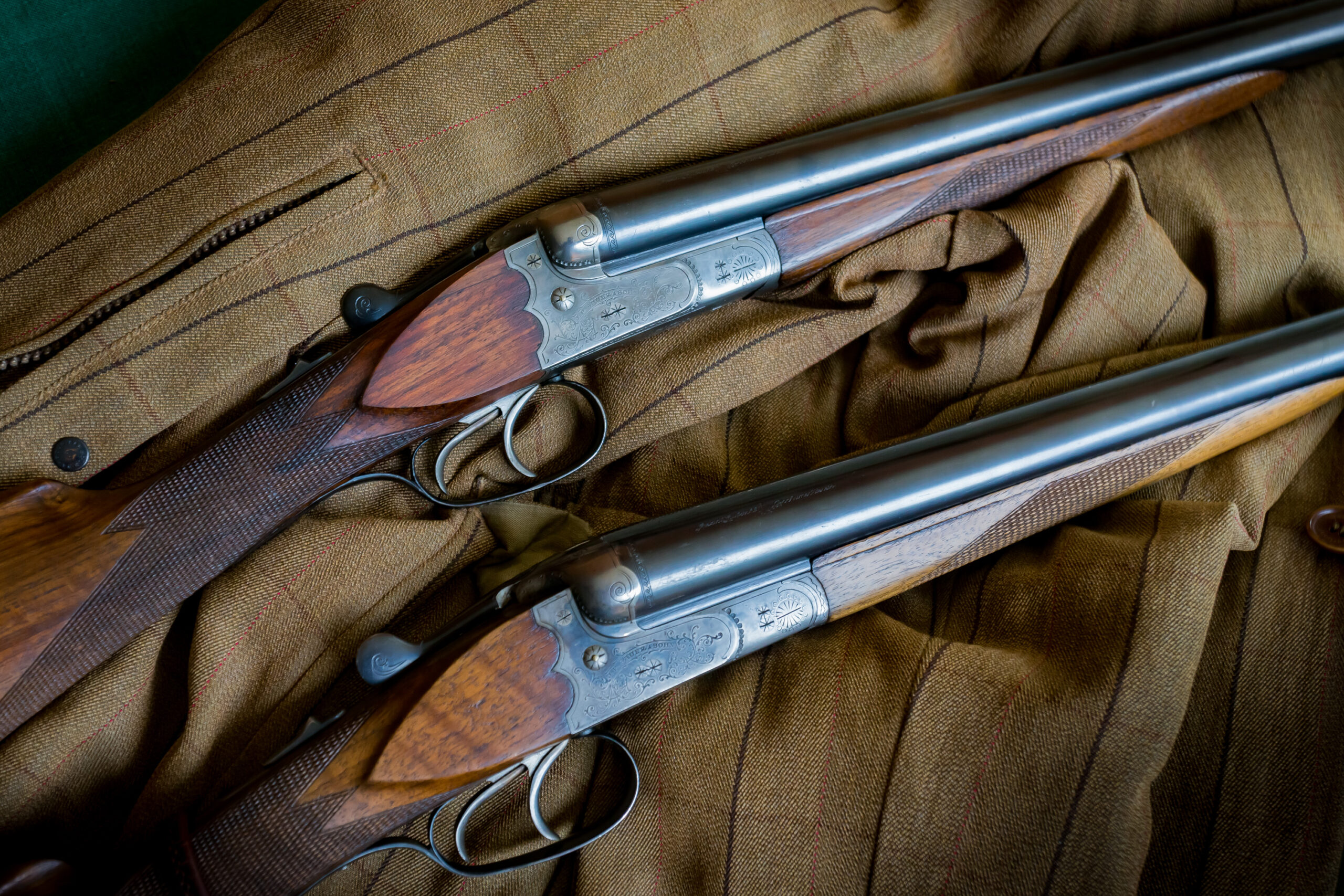
Sauer weapons found their way to the United States of America, Scandinavia and even Pakistan and Brazil in the 1950s. The workforce grew to more than 400 employees. Later, the SIG Sauer Company was founded, which produced the well-known handguns for military, police and civilian markets. In 2000, the S&S parent company SIG sold the gun production to Blaser and Mauser owners Michael Lüke and Thomas Ortmeier. In 2009, the company was relaunched as “J.P. Sauer & Sohn GmbH” and moved to Isny in southern Germany, where Blaser and Mauser’s headquarters were already located.
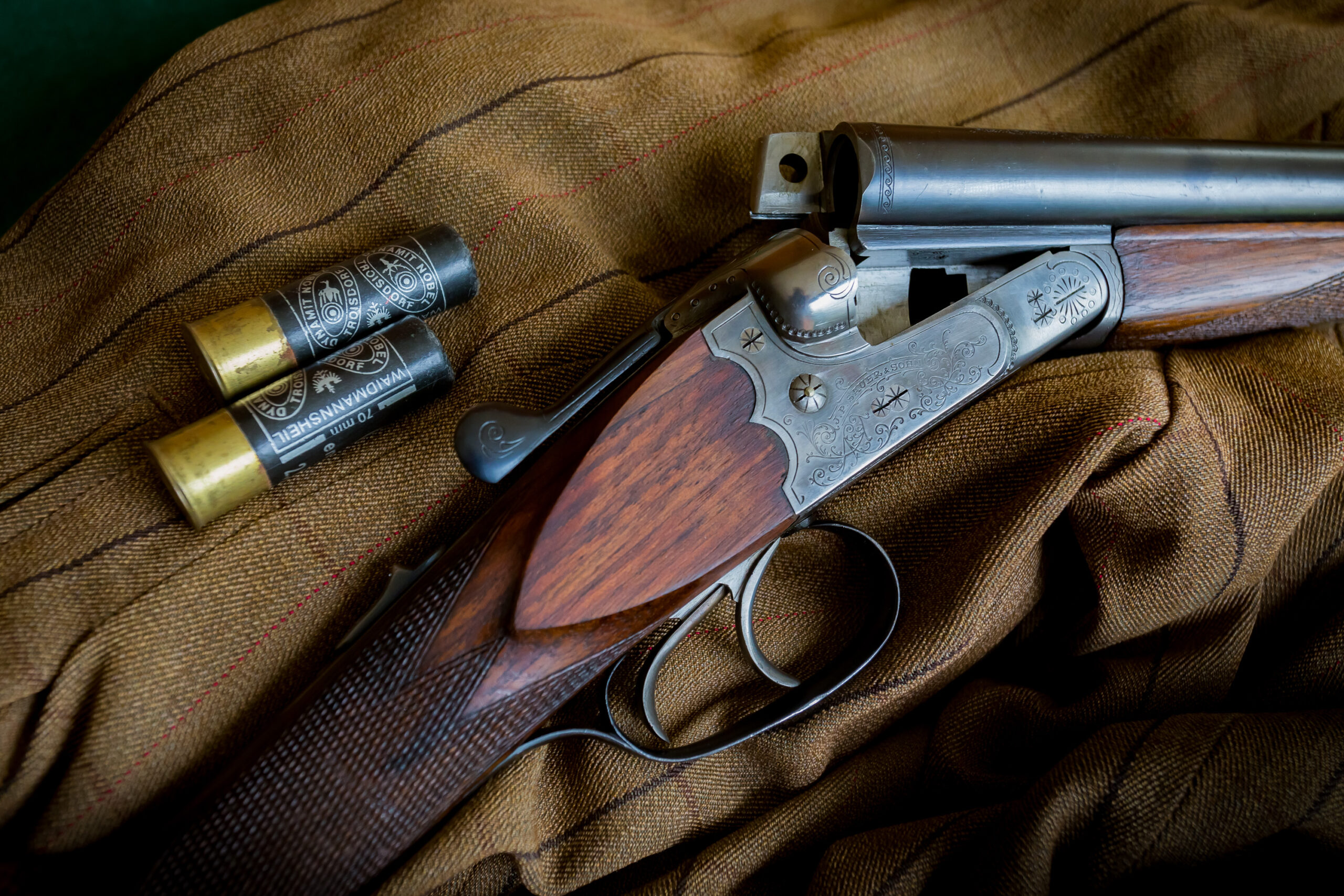
A Pair in 16/70 Gauge
The shotguns presented here are nice early examples of Sauer & Sohn craftsmanship revived in West Germany after the war. They are a so-called Composed Pair, which means that the guns do not have consecutive serial numbers and also differ in some details: The Sauer logo on the bottom of the action with the so-called “Wild Man with a Club” comes here in two different versions. It first appeared as a registered figurative mark back in 1894. Both guns have straight hand stocks with a lop of 38 cm, which clearly indicates a special order, because pistol grip stock and 36 cm length were common.
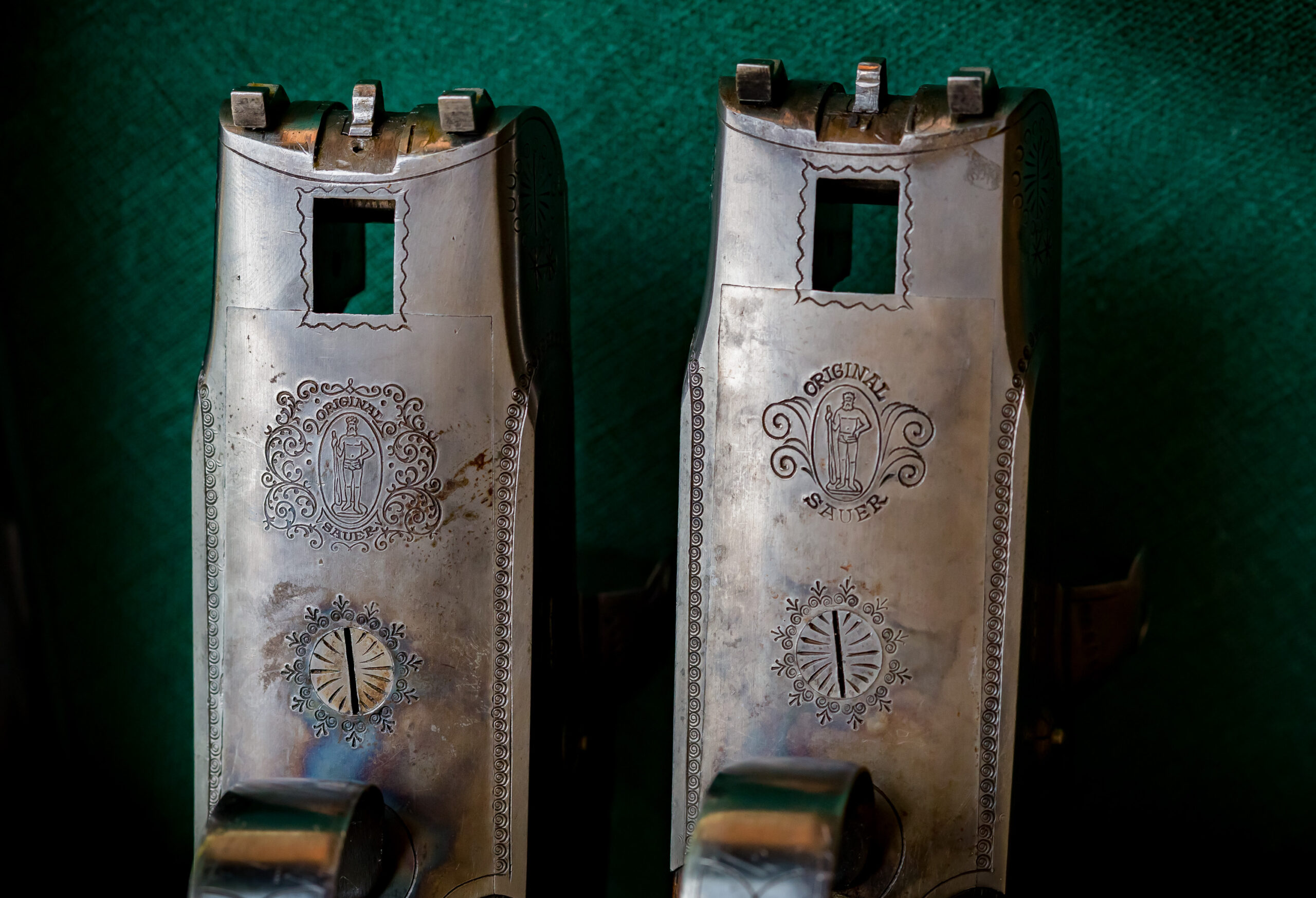
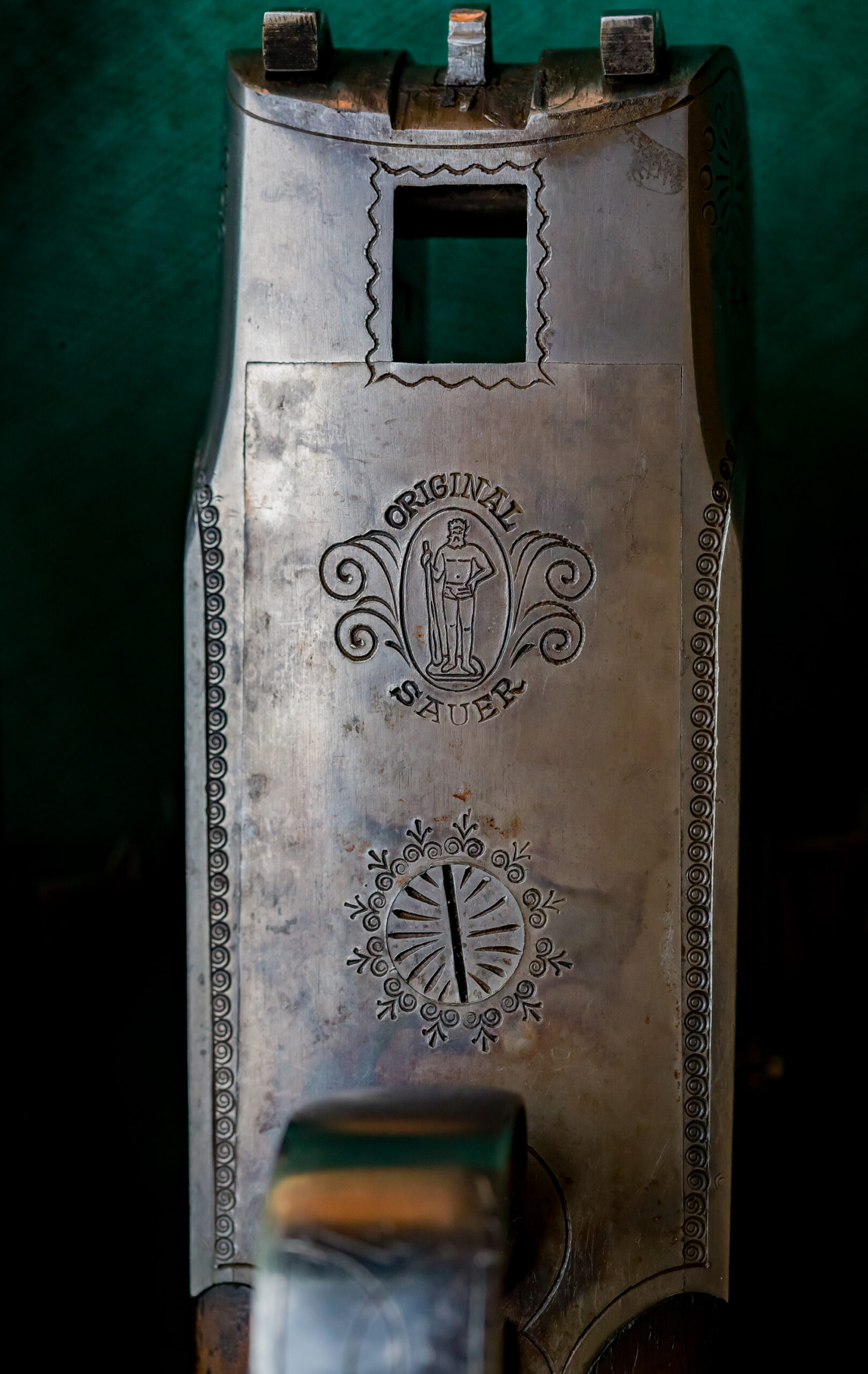
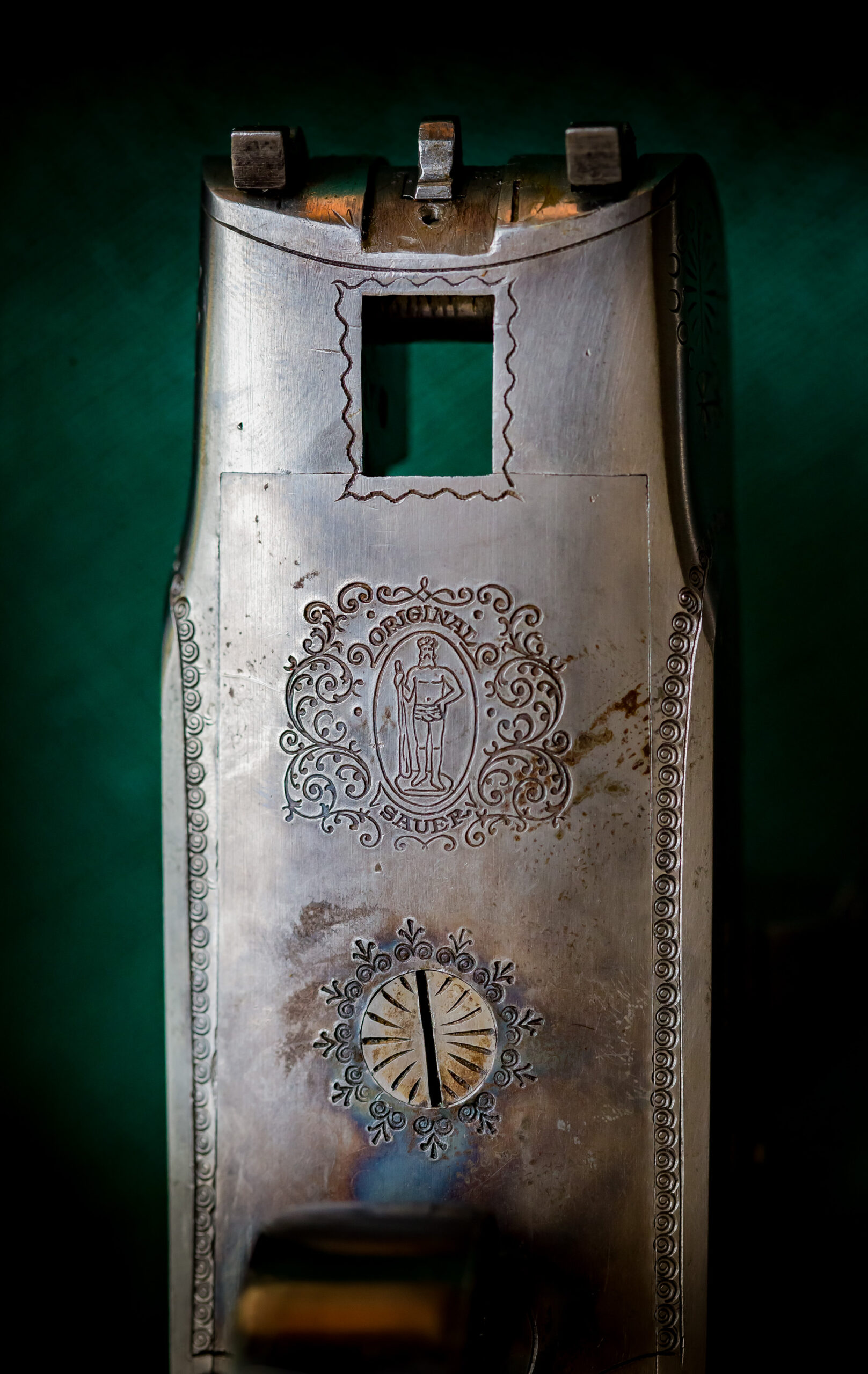
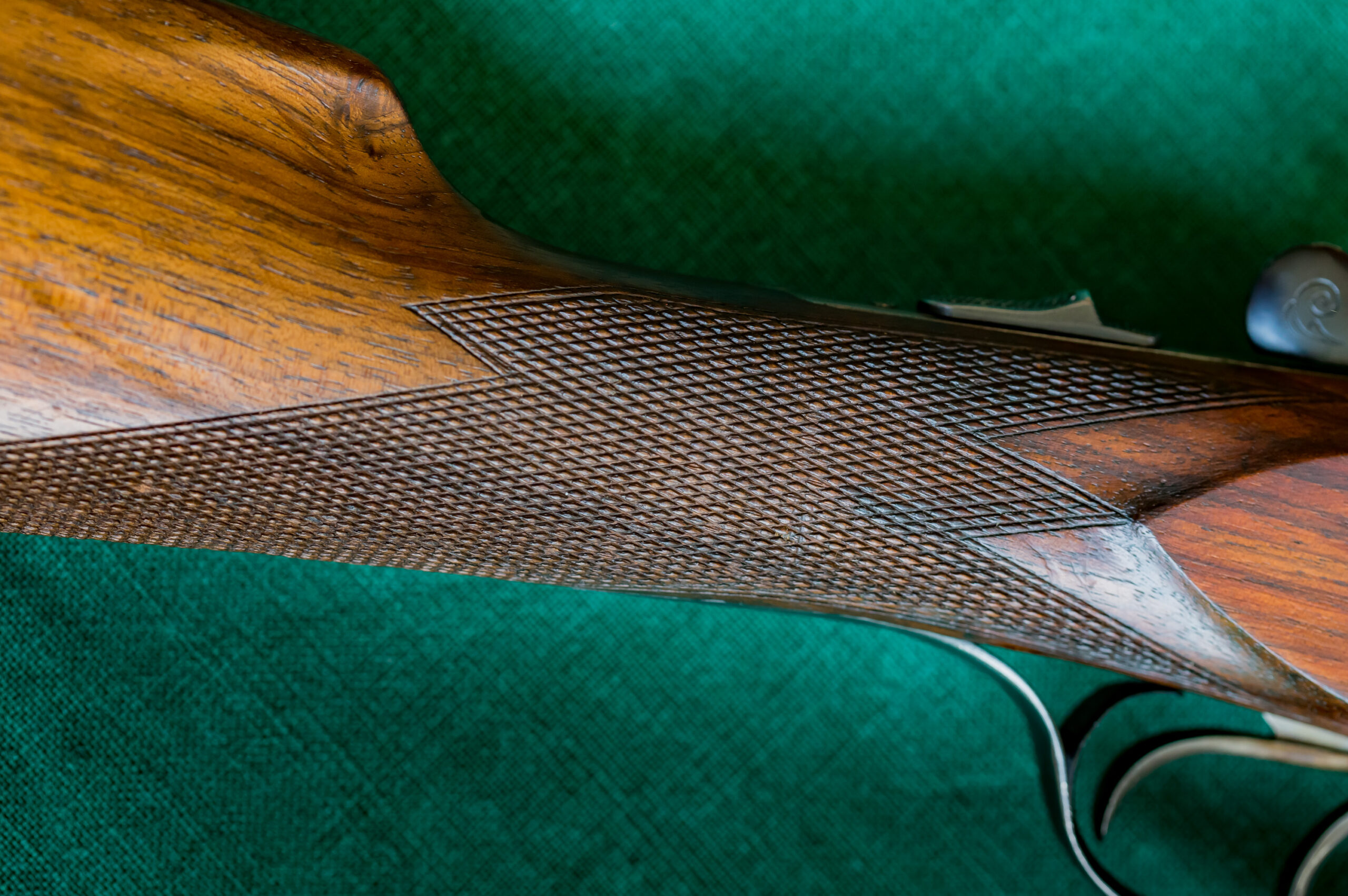
Older Shotguns and lead Ban
The guns have caliber 16/70 and improved Anson-Deeley locks. They were proofed in December 1953 in Kiel. The good condition allows them to be used for hunting without hesitation. Like all older shotguns, however, they are subject to certain restrictions on the use of lead-free ammunition, as is now mandatory in Germany not only along water, but also in wetlands.
In principle, bismuth and zinc cartridges can be fired from all old guns. With all other materials such as soft iron, copper or tungsten, shotguns in caliber 16/70 with normal proofing may fire cartridges with a maximum shot size of 3mm. However, significant sacrifices must be made in terms of shot distance and cover.
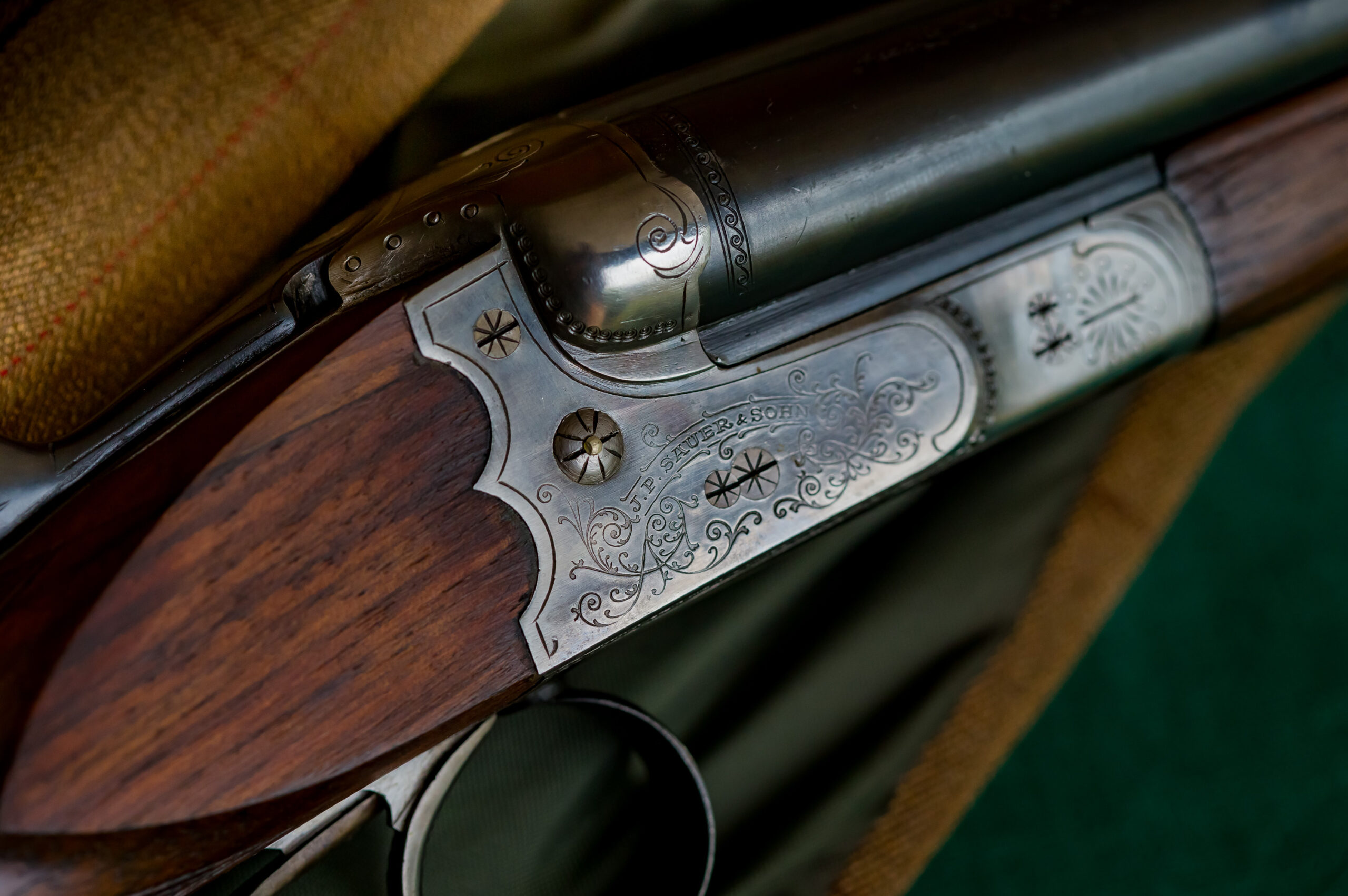
Fazit
Historical shotguns such as this Sauer & Sohn pair are usually exceptionally inexpensive in terms of purchase price compared to new guns and can provide a great deal of enjoyment. They are basically suitable for practical hunting. However, legally prescribed restrictions must be strictly observed, also to avoid damage to the weapon.
